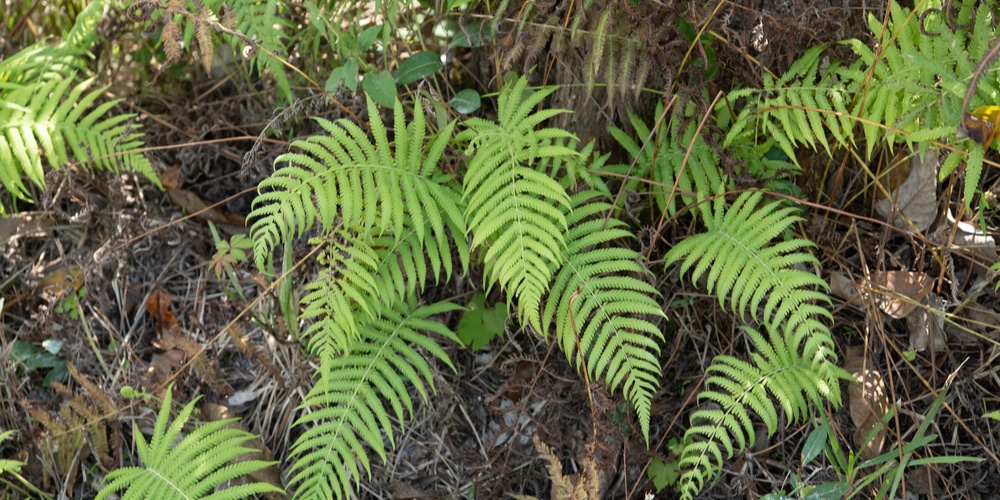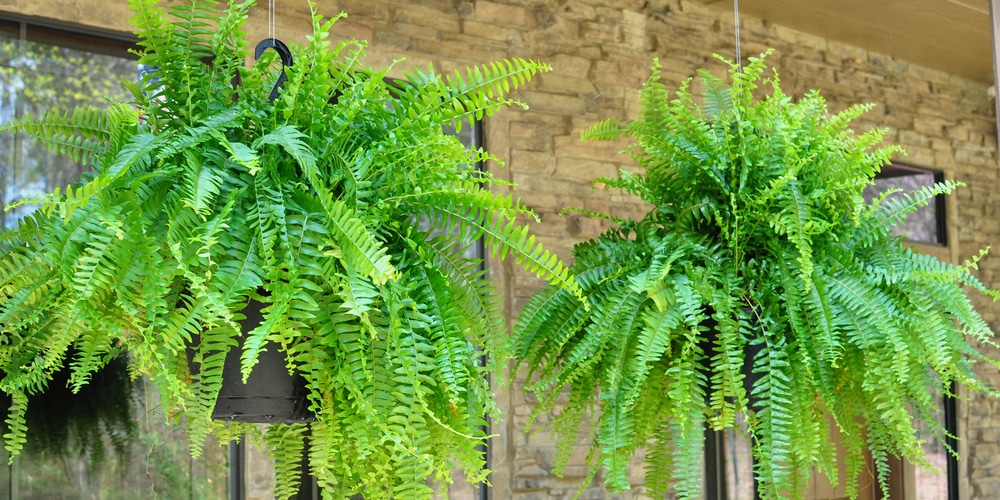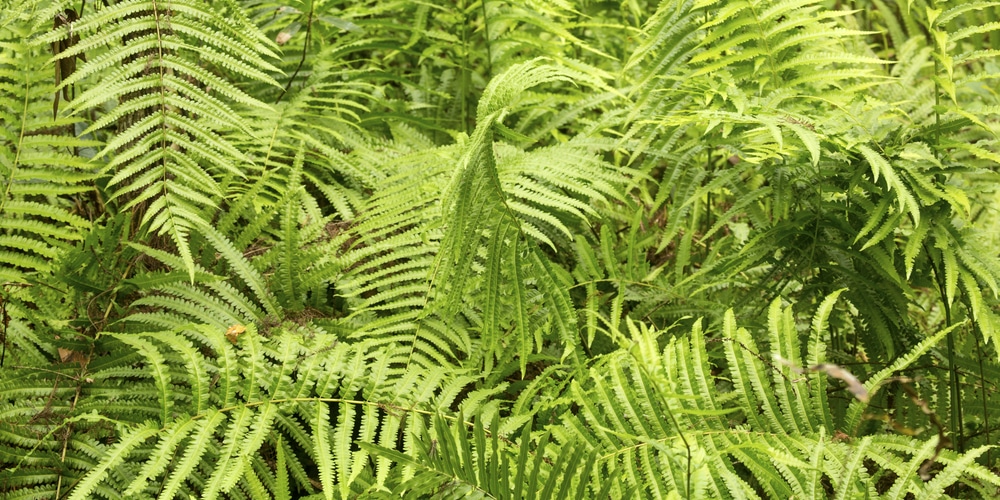The fern family is a diverse group of plants that like varied conditions. One type of fern, Southern Shield Ferns, are hardy in USDA zones 7a to 10b and can grow up to three feet tall with an equal spread. These plants grow in large clumps and can spread via rhizomes.
The southern shield fern is a hardy species that has lovely green foliage and provides ground cover and shade for smaller plants and wildlife. They do well in most soil types and require little care once established. Read on for more information about this popular plant!
What is a Southern Shield Fern?
Southern Shield Fern is a hardy evergreen fern that can be grown in USDA zones 7a through 10b. The plant’s botanical name is Dryopteris erythrosora, and they are part of the Dryopteridaceae family of plants.
It grows best in partial to full shade and moist, well-drained soil. Southern Shield Fern features lacy fronds that are 2 to 3 feet long. The fronds are light green when new but turn dark green with age. These plants are relatively slow-growing and can take 5 to 10 years to reach maturity and grow to their full height.
Southern Shield Fern makes an attractive addition to shady gardens and can also be used in indoor arrangements. It is a popular choice for woodland gardens. These plants are native to East Asia and are often referred to as the Japanese Shield Fern.
Southern Shield Fern G and C Guide
Southern Shield Fern is easy to care for, making it ideal for beginning gardeners. They can be planted in various places such as in a woodland garden, in borders, containers, flower beds, or underneath roses bushes and other larger shrubs. These plants should be placed in a sheltered area as they can be affected by strong winds.
Here are some tips to help you grow and care for a Southern Shield Fern plant:
Southern Shield Fern G and C Guide: Sunlight needs
Southern Shield Fern will grow best in partial to full shade and does not require direct sunlight. If grown in full sun, Southern Shield Fern may develop rust-colored spots on the fronds and will require more water.
Watering requirements
If grown in full sun, Southern Shield Fern will require regular watering at least one inch per week. When grown in the partial shade or in moist soil, it will only need water every other week. The Shield fern is drought tolerant and can go extended periods of time without water but will not look its best in drought conditions.
Southern Shield Ferns require more water in their first season to help them develop a strong root system and become established. Once the plant has matured slightly, you can reduce watering. If you live in an area that gets a lot of rain, you may find that you don’t need to water your Southern Shield Fern at all.
Southern Shield Fern G and C Guide: Fertilization
Southern Shield Fern does not require regular fertilization. A slow-release fertilizer applied once a year in the spring will suffice. Rather than giving your plant fertilizer, you can use an organic mulch around the base of the plant in the spring. This is particularly beneficial for plants growing in full or partial sun as it will help keep moisture in the soil as well as providing nutrients.
Temperature preferences
Southern Shield Fern is hardy and can cope with fairly cold weather in the winter. They can be affected by frost and should be moved into a greenhouse during the winter if you live in an area that regularly gets frost or snow.
Pests and Diseases
Southern Shield Fern is generally pest and disease-free. They remain healthy throughout the year but may develop rust-colored spots on the fronds from time to time. Any fungal infections can be controlled with a fungicide.
Pruning requirements
Southern Shield Fern does not require pruning, but you can trim it back if it spreads too much for your liking. Pruning or cutting back will promote a bushier plant and improve appearance. You can also remove any dead foliage to improve the plant’s appearance.
Soil type
Southern Shield Ferns grow well in various soil types, from moist to well-drained. They can also cope with poorly drained soil but do best if they aren’t left to grow in soggy areas.
Southern Shield Ferns grow in soil that’s clay-like, loamy or slightly sandy, or chalky. These ferns can also cope with a wide range of soil Ph from alkaline, neutral to acidic, so checking soil pH before planting isn’t necessary.
Propagation
Southern Shield Fern is propagated by spores, which are produced around the edges of young fronds in late summer and fall. To grow new ferns, place spore-covered fronds on top of moist peat moss and enclose them in a plastic bag. Make sure the bag has holes to allow airflow. Place the container in a warm area that’s 70 to 75 degrees with low light for about one month. Then remove the cover and move it to an area that receives bright indirect sunlight. New ferns should be ready to transplant outdoors in the spring.
Southern Shield Fern can also be propagated by division in the spring or summer. These plants grow via rhizome’s which can be separated to create new plants. It’s best to replant individual plants in moist, well-drained soil in an area that gets partial shade.
Southern Shield Fern G and C: Conclusion
Southern Shield Fern is a hardy, easy-to-care-for plant that makes an attractive addition to shady gardens. It can also be used in indoor arrangements and is popular for woodland gardens and naturalized areas. Ferns are a great choice for anyone that has a shady yard and is looking for a low-maintenance plant.
Southern Shield Fern can be propagated by division. It does not require regular fertilization but should be planted in moist, well-drained soil. Pests and diseases are rarely a problem, and pruning is not necessary but can be done to keep the plant the desired size.
You may also be interested in: Plumosa Fern


